From around 6pm on Tuesday, iOS 11, the latest version of Apple’s mobile operating system, will begin to become available to iPhone and iPad users across the UK.
The update is promising a host of new features for phone and tablet users, including a redesigned Control Centre, new emoji and a Do Not Disturb while driving feature.
But as well as the new features themselves there are some important points to note before diving in to the update. Here is everything you need to know about iOS 11.
1. Are you eligible?
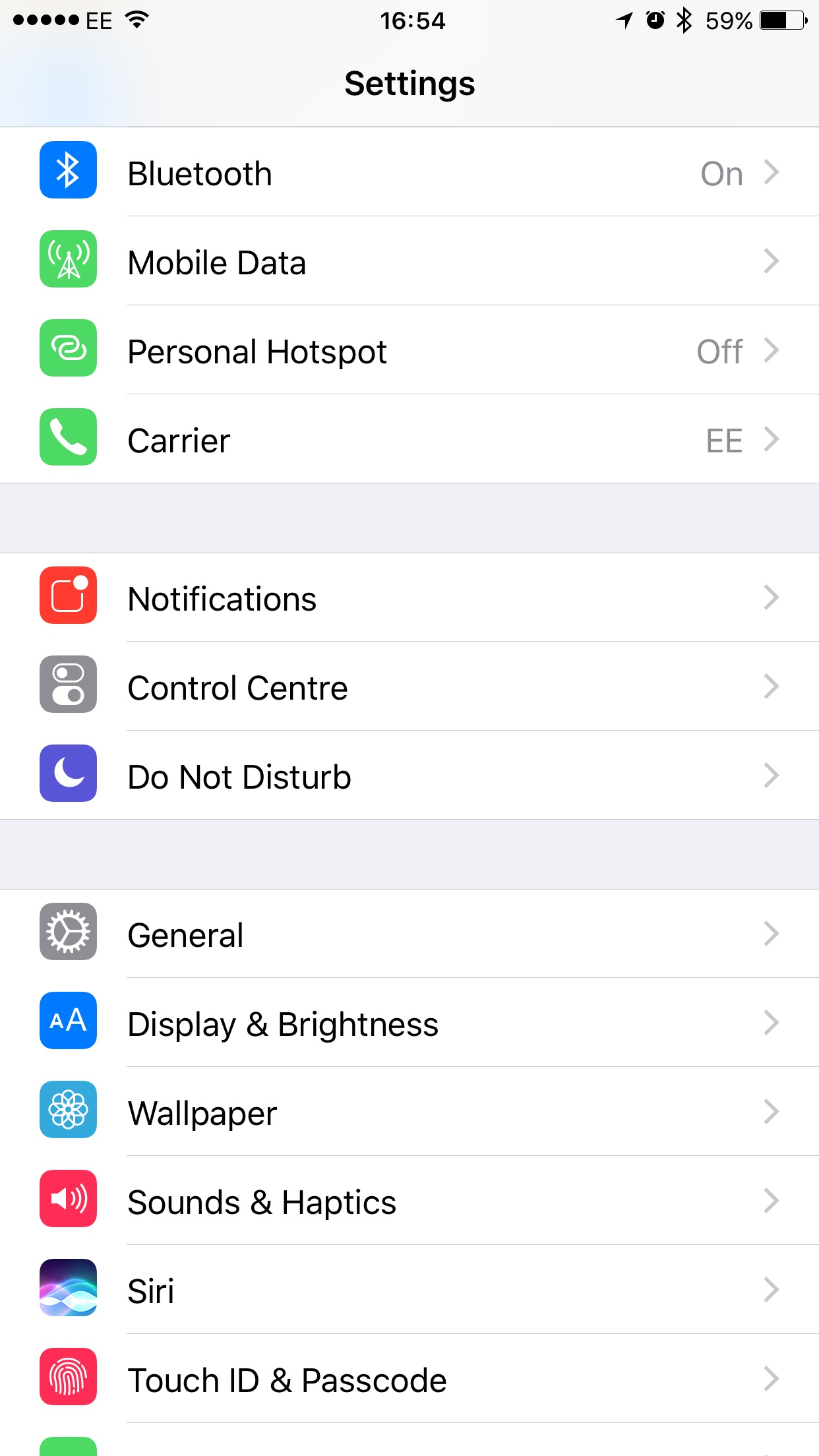
In order to receive iOS 11, you need to have an iPhone 5s or newer, while iPad owners need either a fifth generation iPad or iPad Mini 2 or newer in order to be compatible with the update.
2. App compatibility
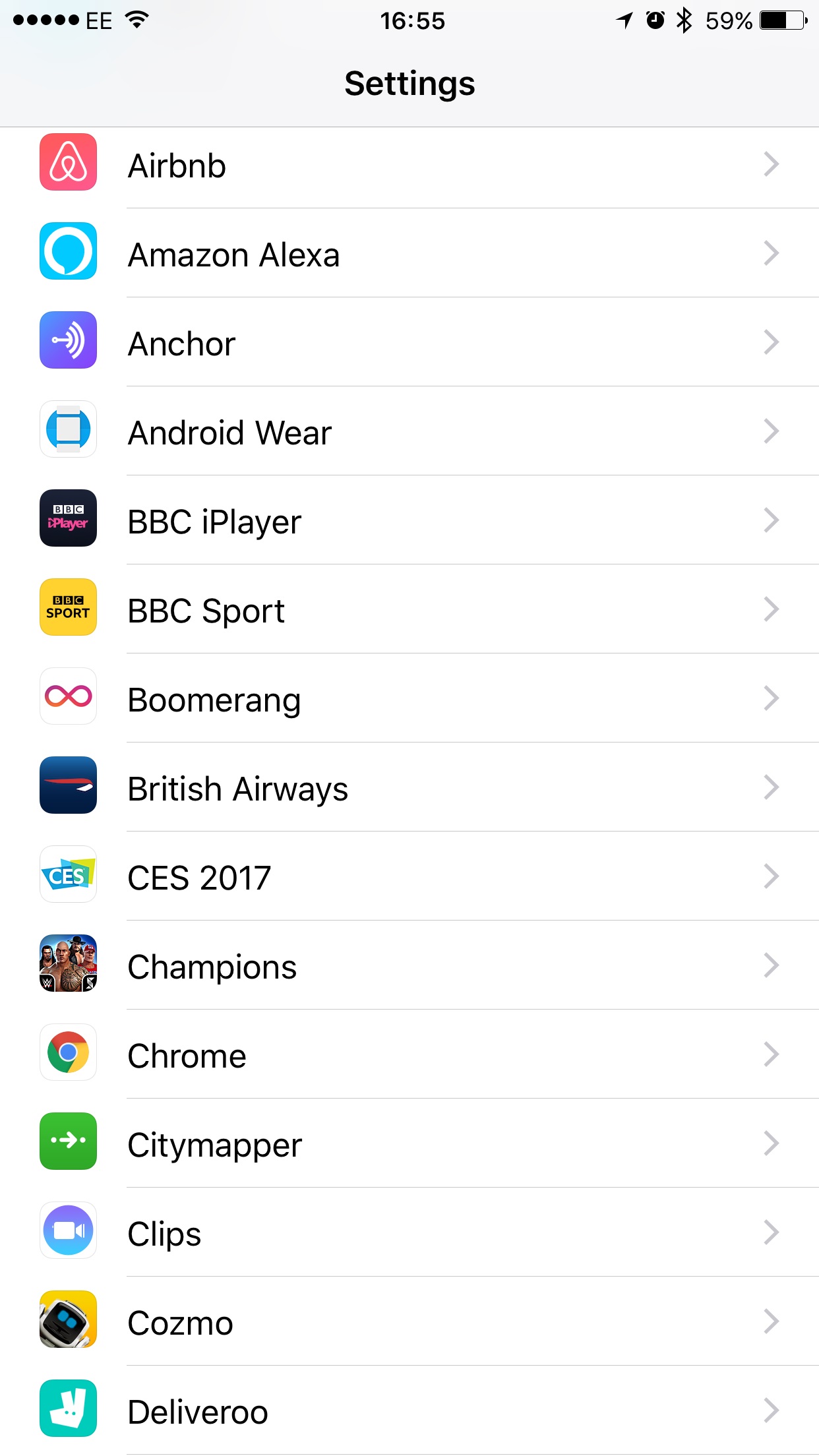
But with iOS 11, some apps that are not coded to operate in 64-bit systems will stop working once the device has been upgraded to iOS 11.
Users can check which apps have been affected after the update by going to the new App Compatibility section in iOS 11, which is found under Settings > General > About > Applications.
3. Free up some storage
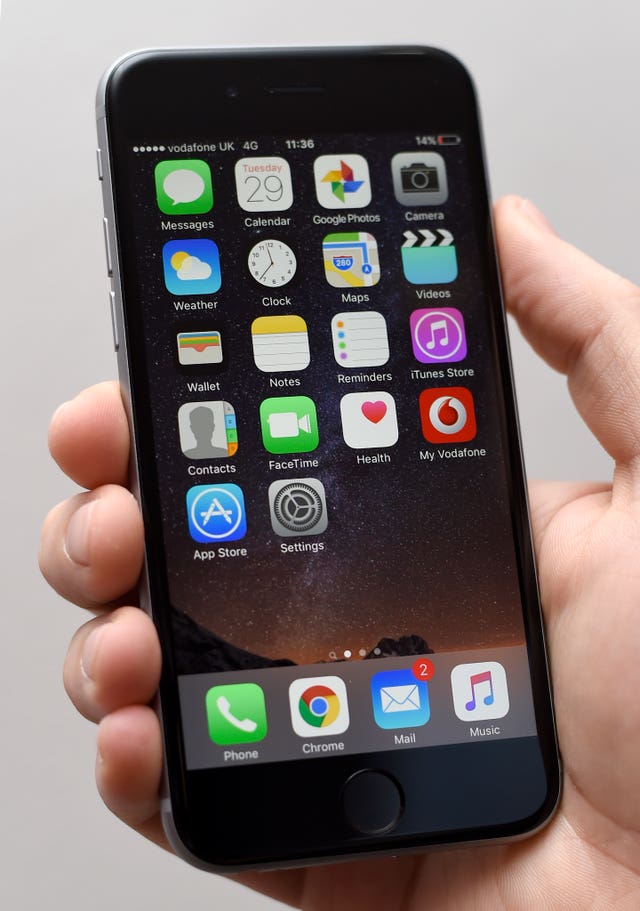
The update is expected to be about 1.7GB in size, but it’s recommended that users aim to have more than that free in order to comfortably update.
If you’re short of space initially and aren’t sure where to turn first for a purge, there are a few bad habits that take up space which can be easily fixed.
Wiping old text messages is a good place to start – anything over a year old is unlikely to still be useful.
Another bad habit is duplicating photos. Using HDR mode takes two photos, so turn this off for one and delete any duplicates from your Camera Roll too, as well as any other images you don’t need. Be sure to switch off photo saving for WhatsApp and Instagram too.
Next, go to Settings and wipe the Safari history and website data, which is likely to free up a healthy amount of space quickly. On the subject of Safari, be sure to clear items from the offline Reading List you no longer need as well.
Songs and podcasts are worth going through also, deleting anything you no longer need or haven’t listened to in a while.
4. The best new features
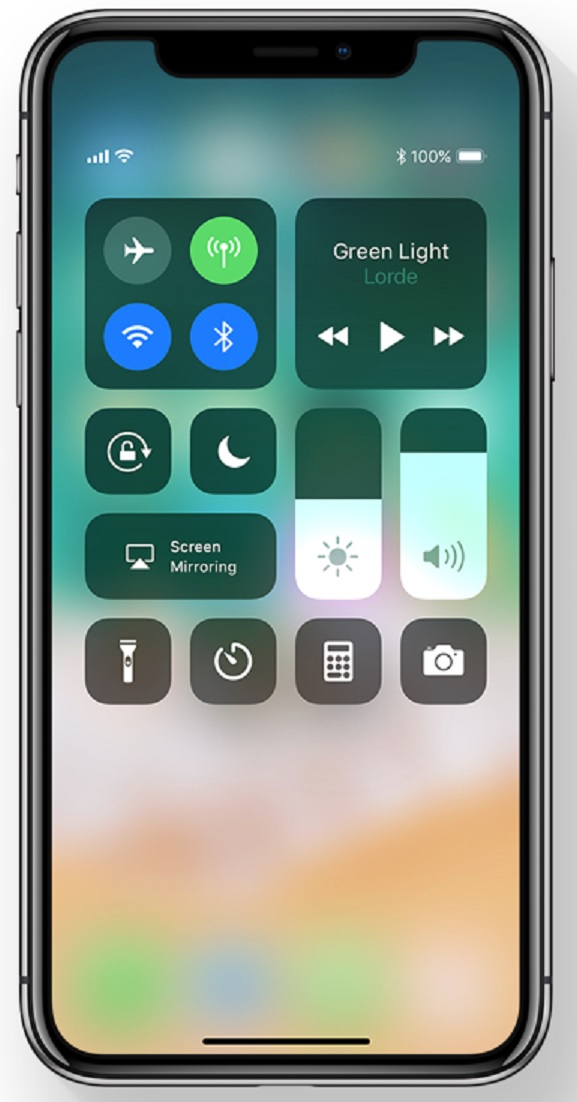
The first big change is to Control Centre, which has been revamped so that it now all sits on a single screen. On top of that, the icons that appear on it can now be edited – so should you want to add an alarm or stopwatch button for example, you can.
Siri also gets noticeably smarter in iOS 11 too, and can now translate phrases into a handful of languages, including Spanish, German and French.
It’s also now possible to type commands to Siri, rather than being forced to say them out loud, which isn’t always the most convenient way to interact with the virtual assistant.
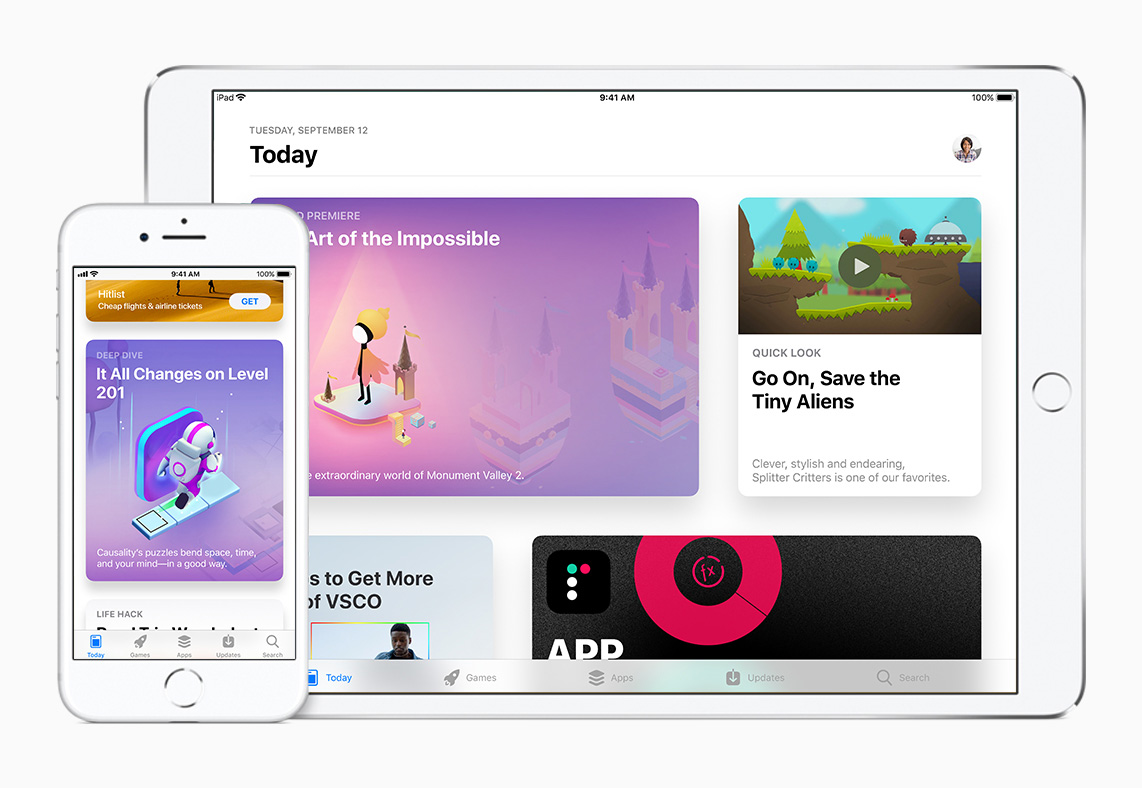
The new Files app also enables users to centralise and organise all the files on their device, including from some third-party services such as Google Drive.






